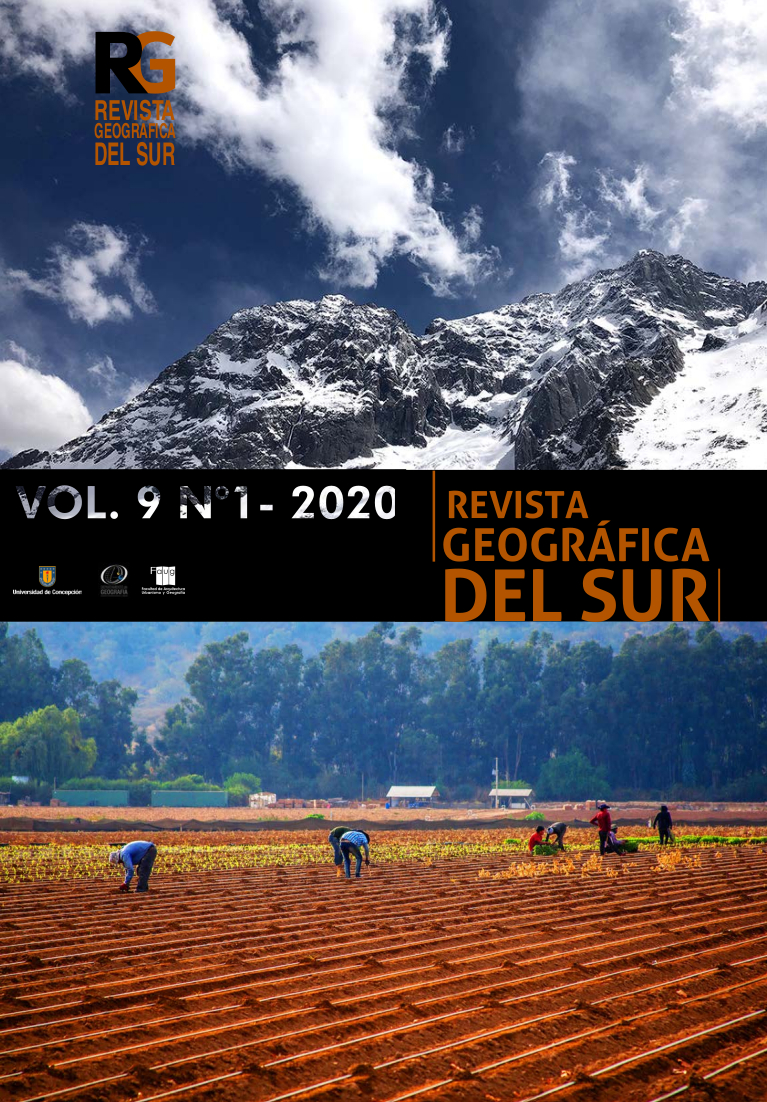COASTAL URBANIZATION STRATEGIES FOR RESORT LOCATIONS, ARGENTINA
DOI:
https://doi.org/10.29393/GS9-6FMEU20006Keywords:
Urban growth, coastal cities, Buenos Aires, Patagonia, ArgentinaAbstract
Coastal cities have particular spatial urbanization trends conditioned by the dominant activities, meaning tourism, fishing or commerce. Notwithstanding that, there are other issues or restrictions that also conditioned the growing pattern of these villages or cities that can change during their development. In this sense, monocentric patterns (harbor cities) may evolve into a radial model related to main accessing routes. Touristic cities emplaced on barrier systems extended alongshore while their service areas installed at opposite directions where lots are cheaper. Some coastal villages grew exponentially in the last century in Argentina although they had original restrictions in the freshwater availability. Today, they are also conditioned to the recreational qualities of their beaches, or the disposal availability of residential sewages.
Downloads
Published
How to Cite
Issue
Section

This work is licensed under a Creative Commons Attribution 4.0 International License.







